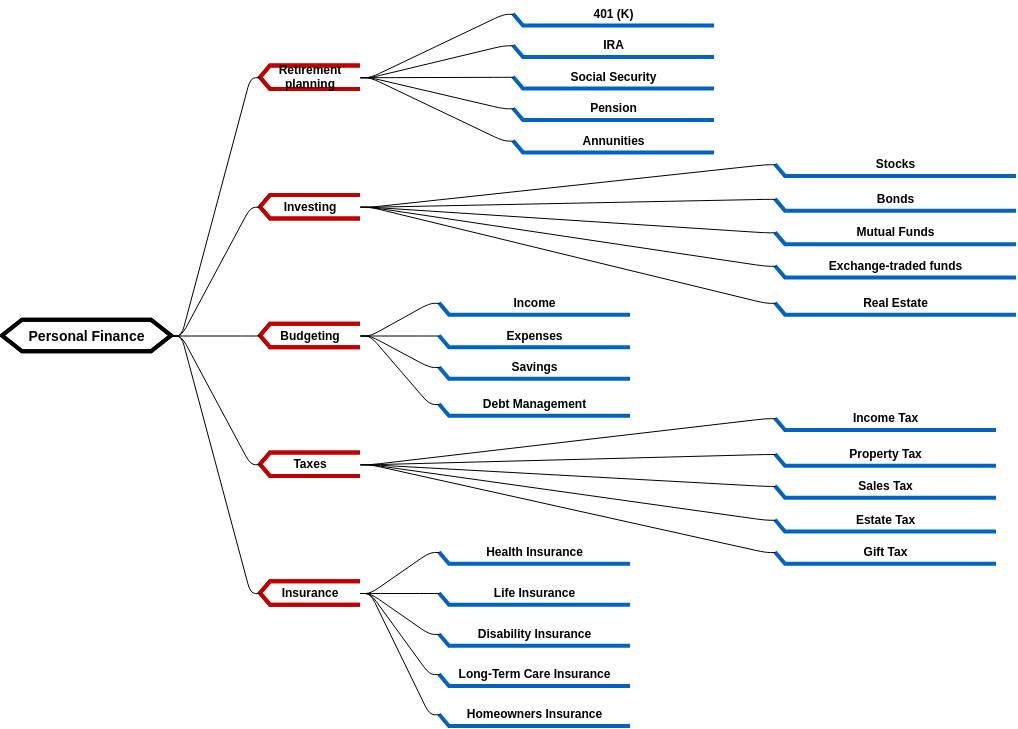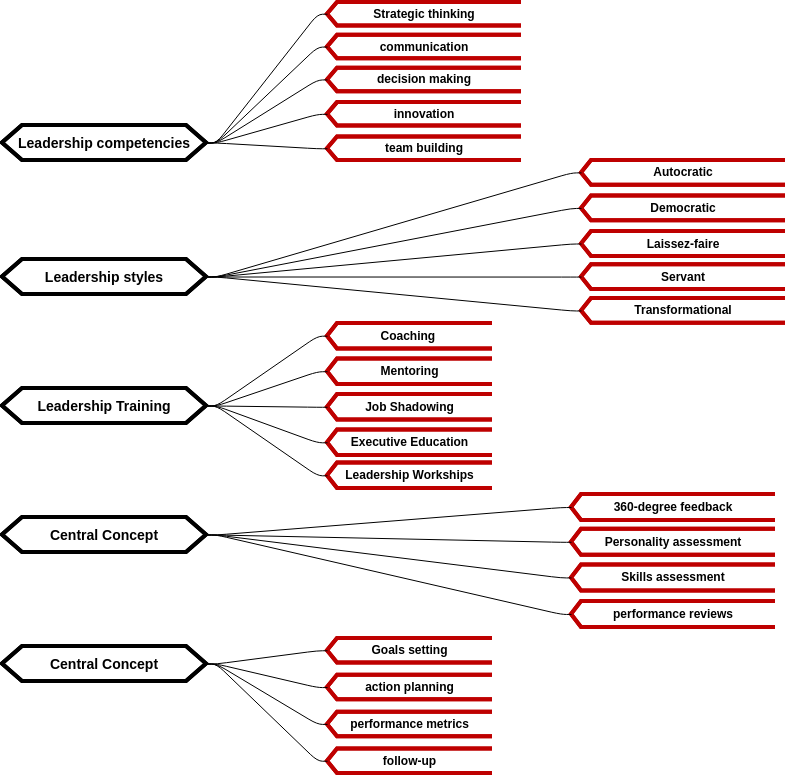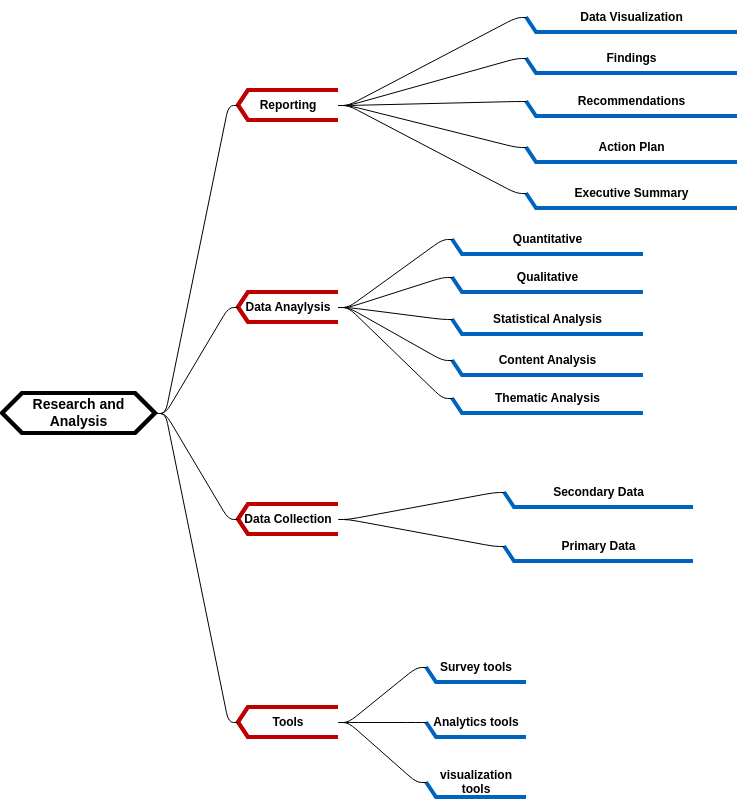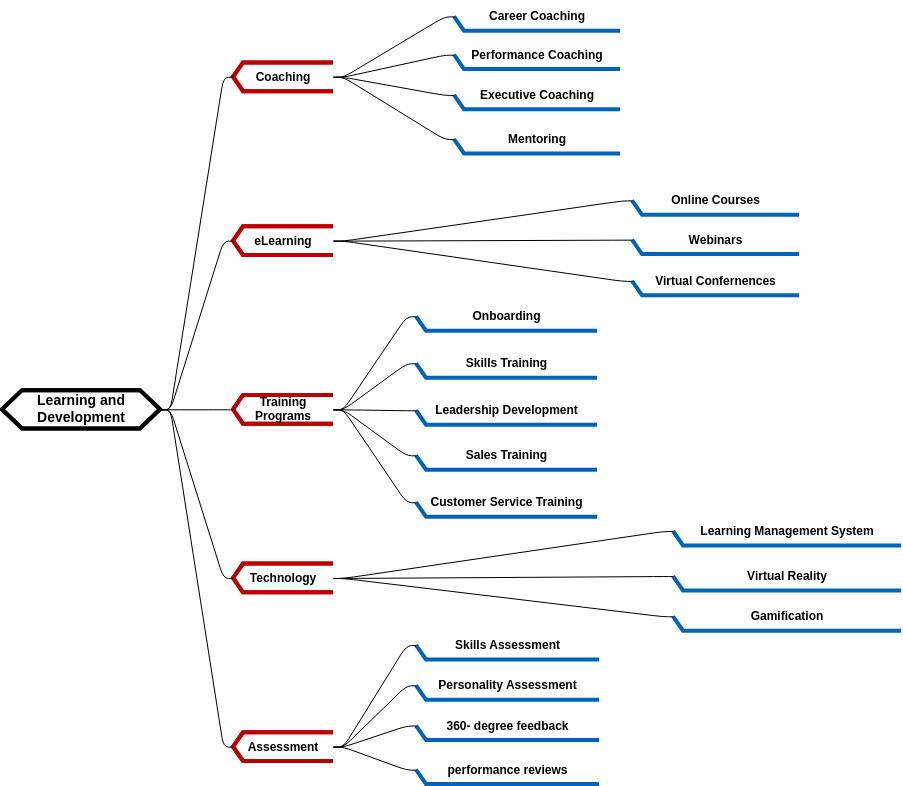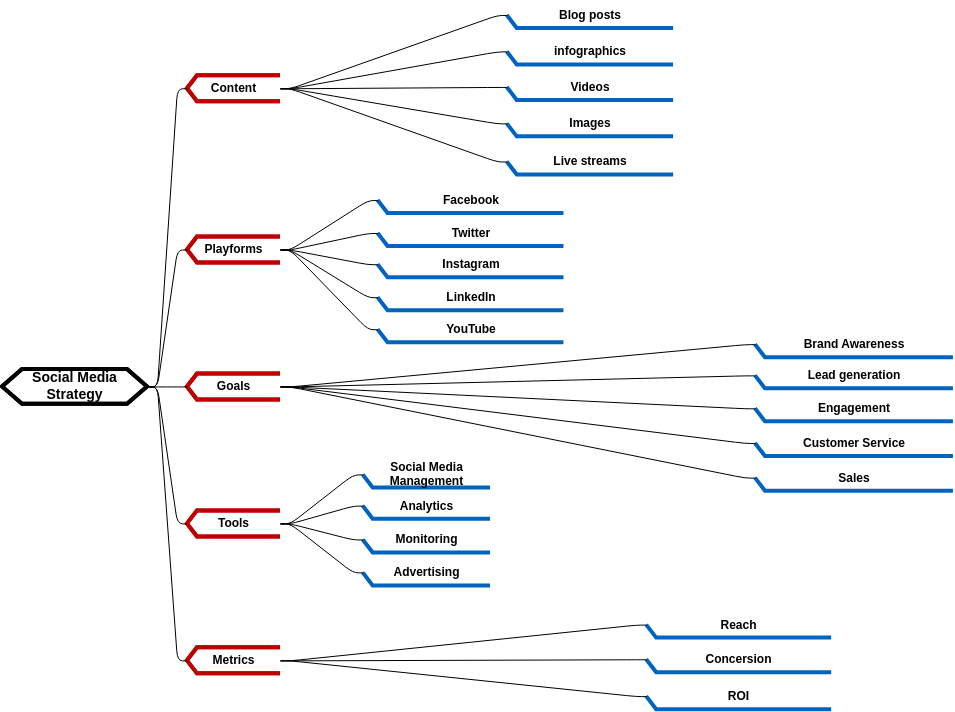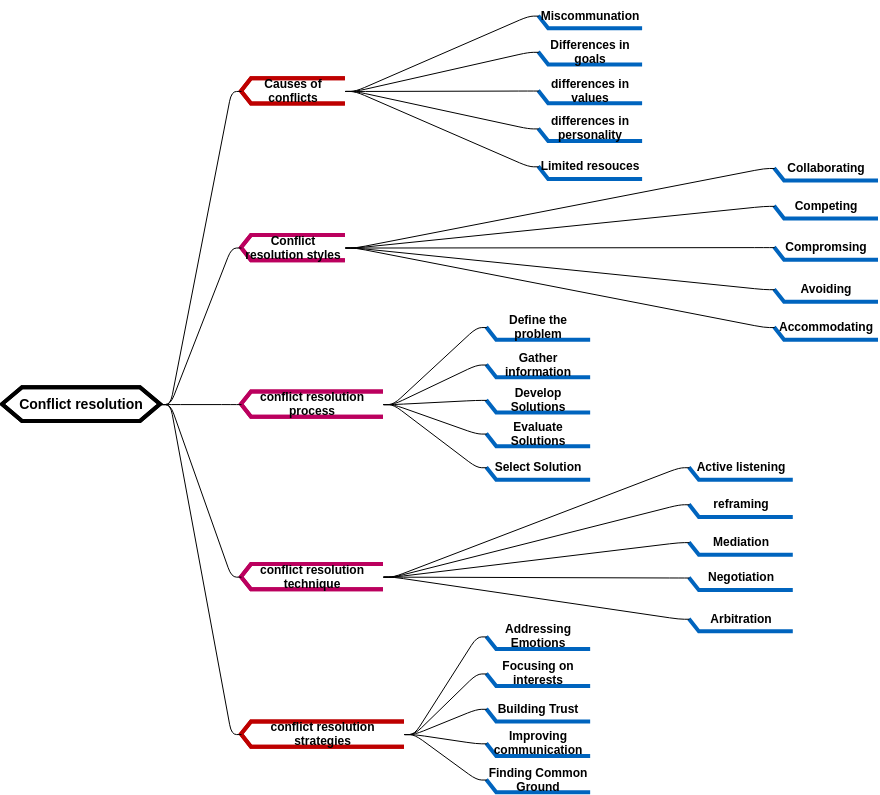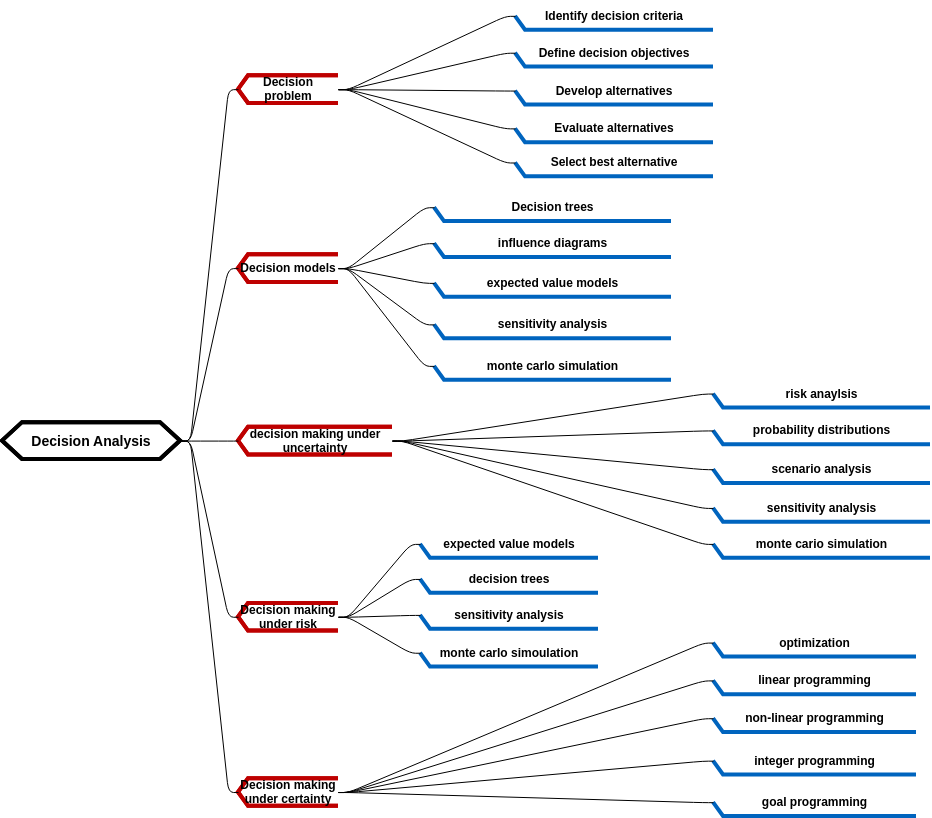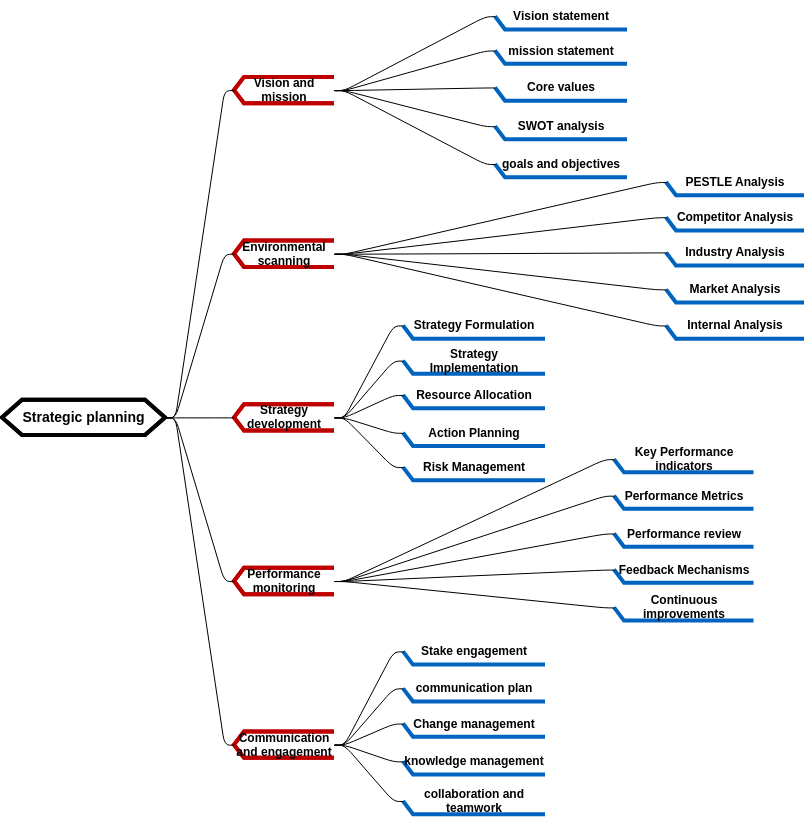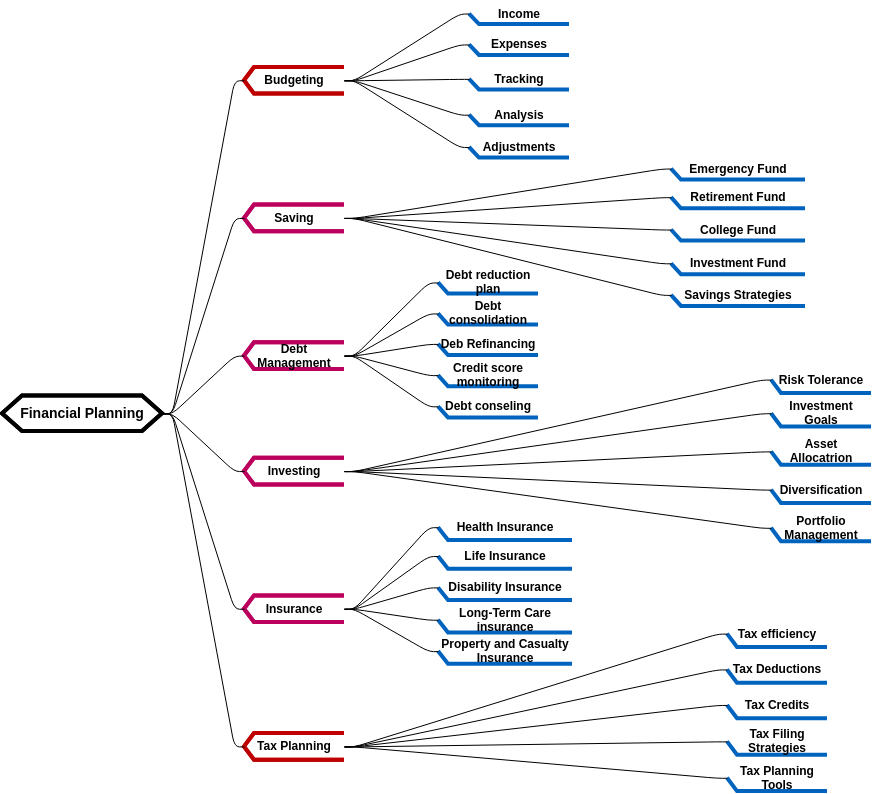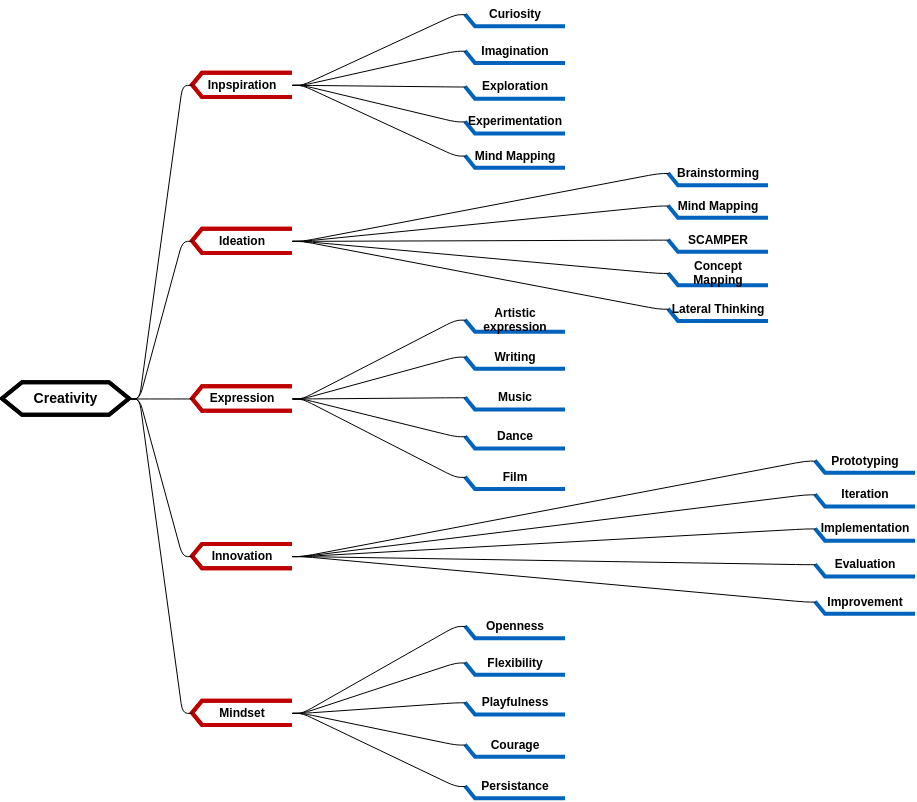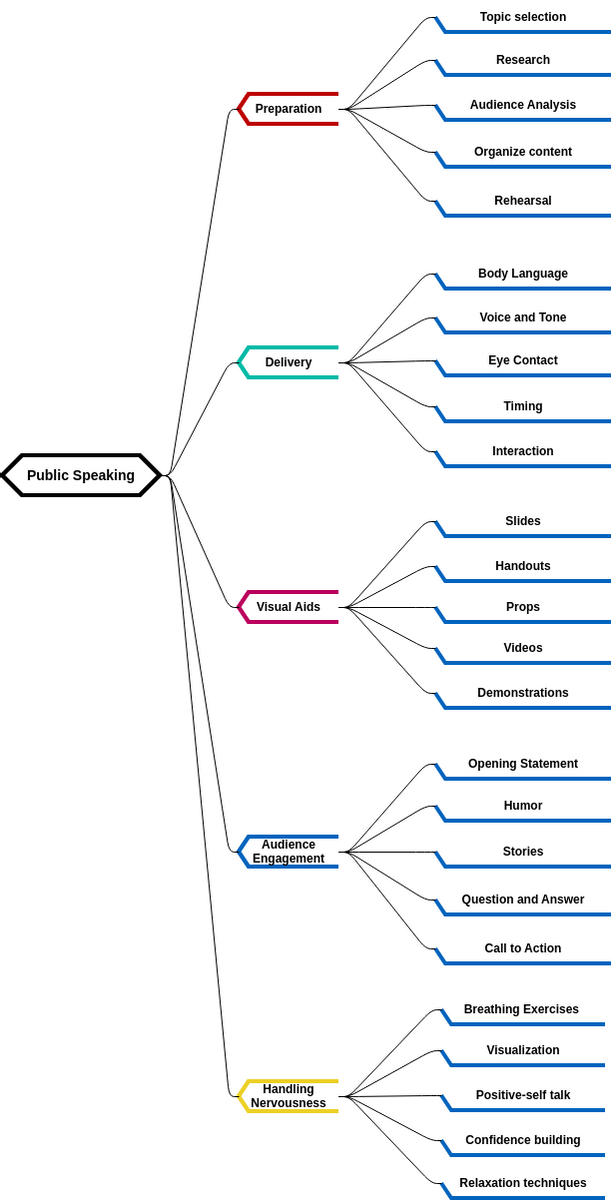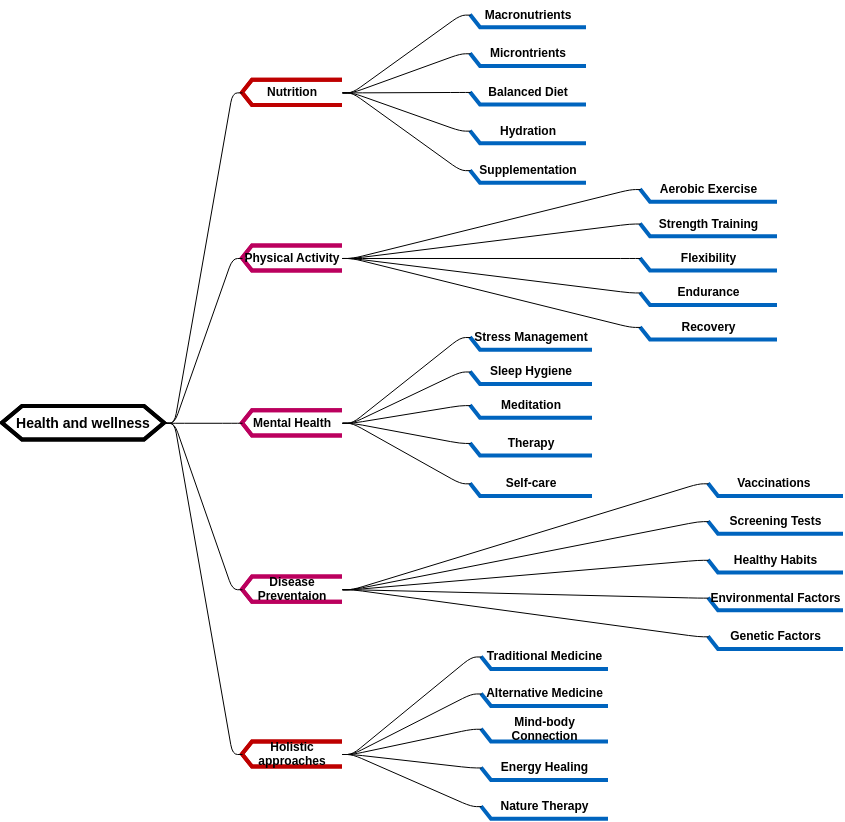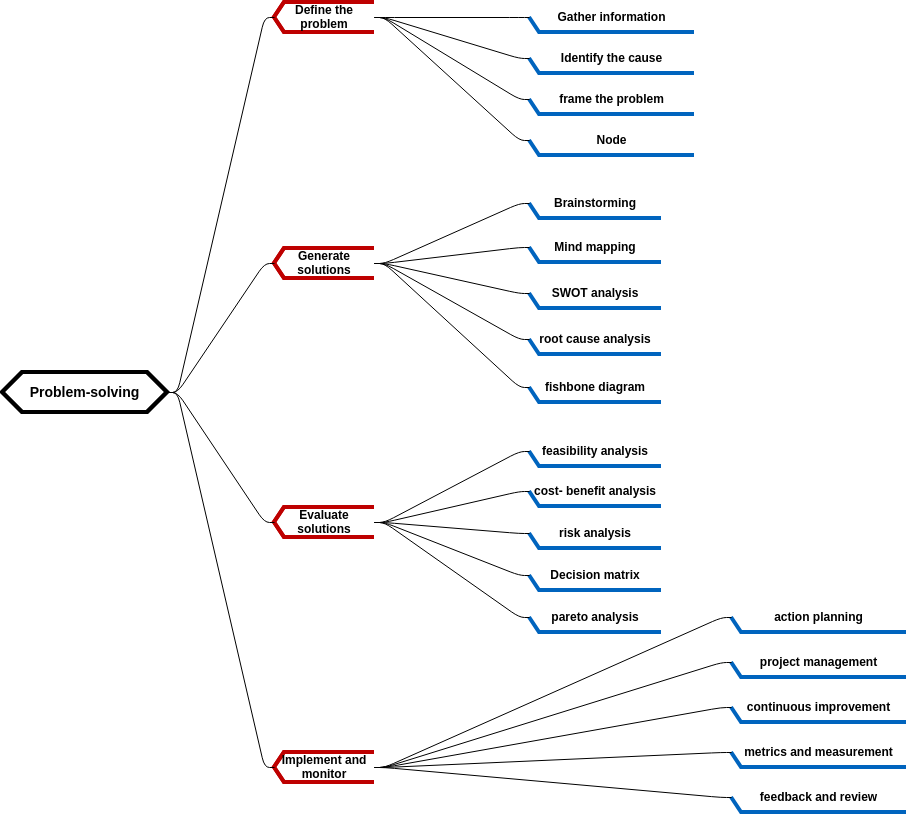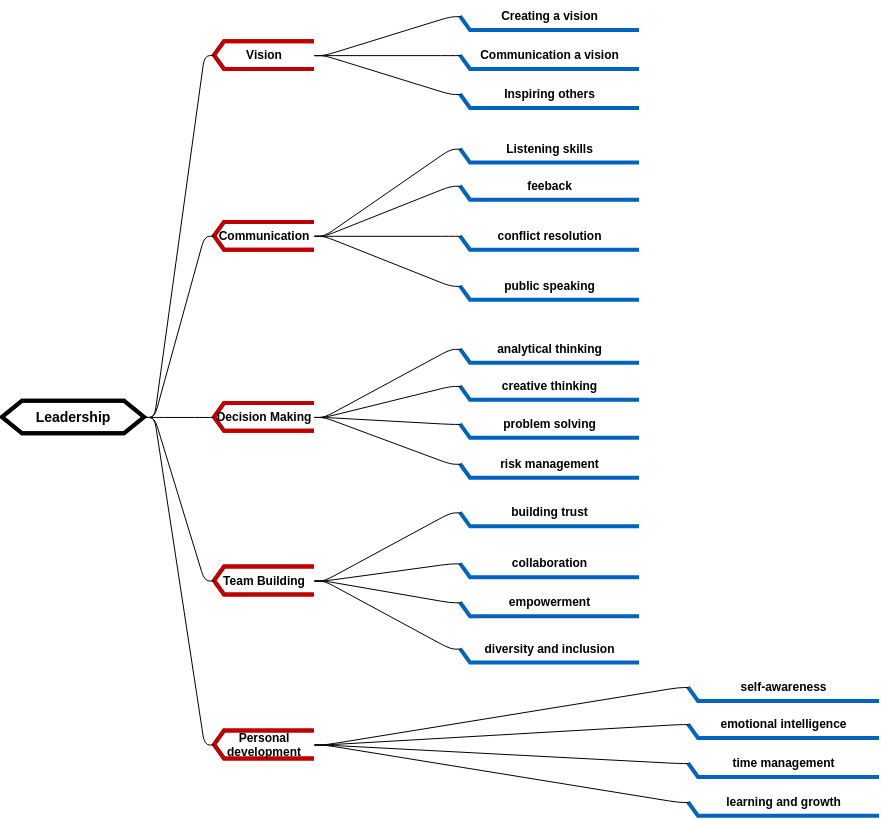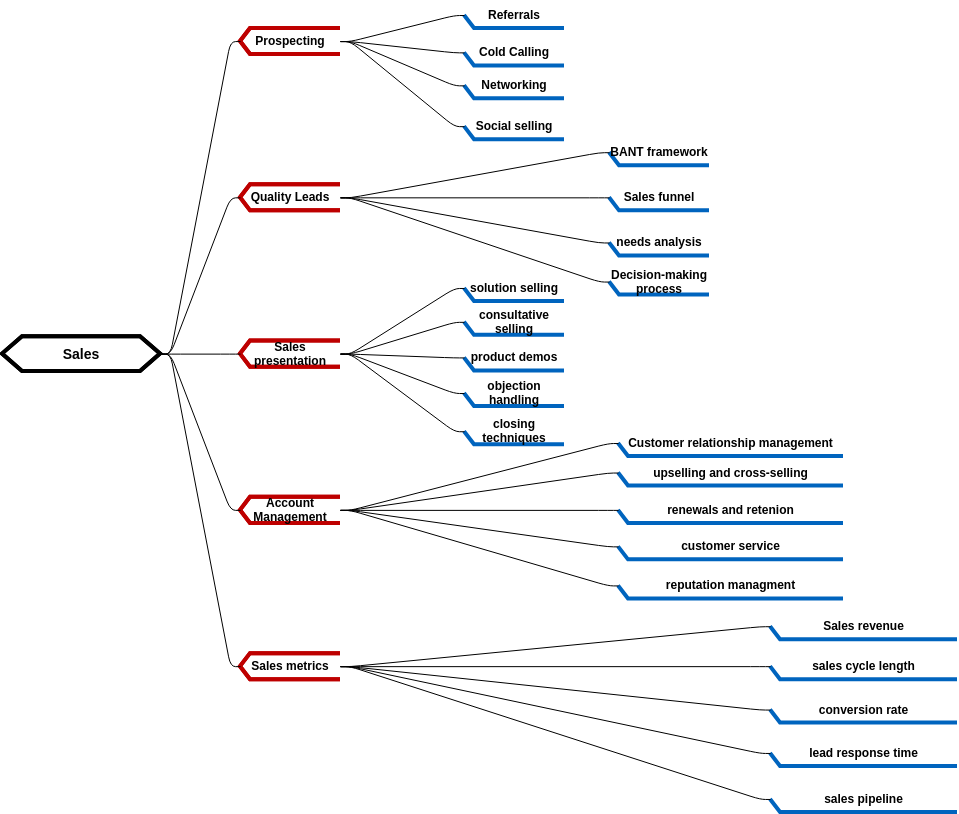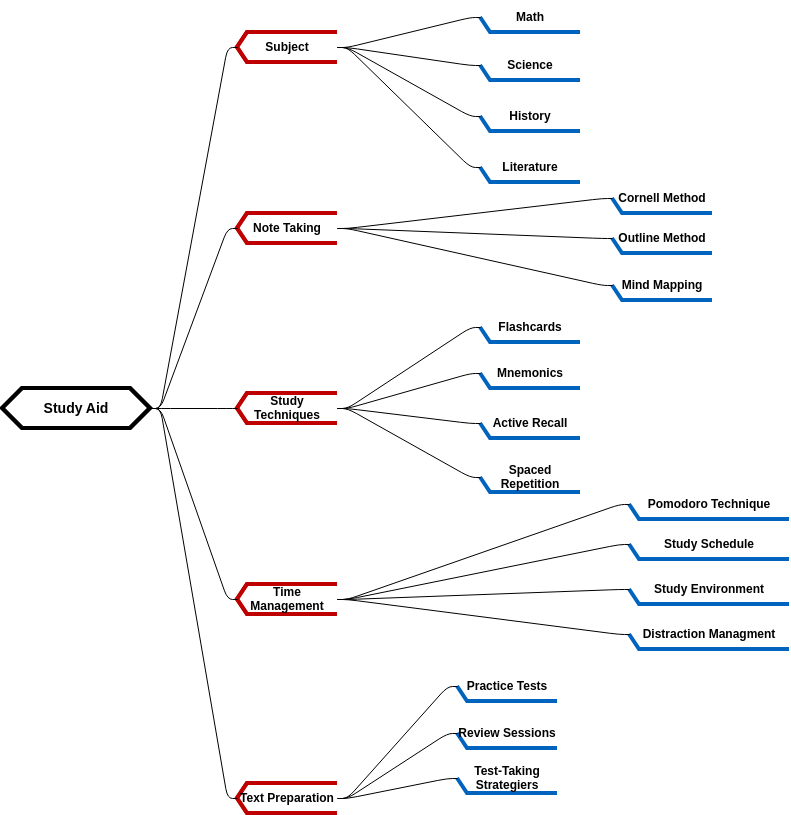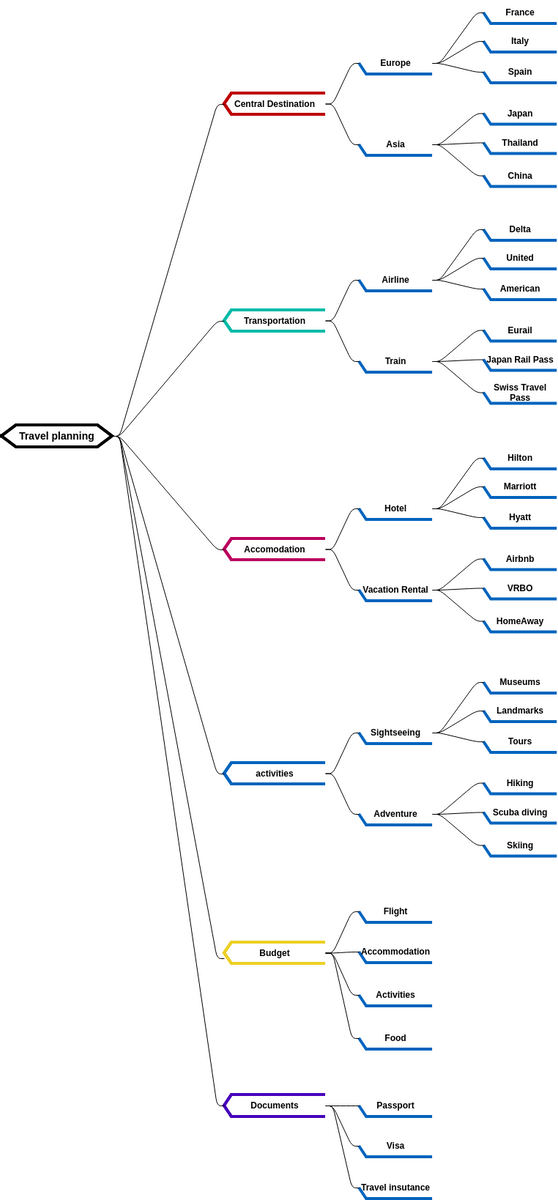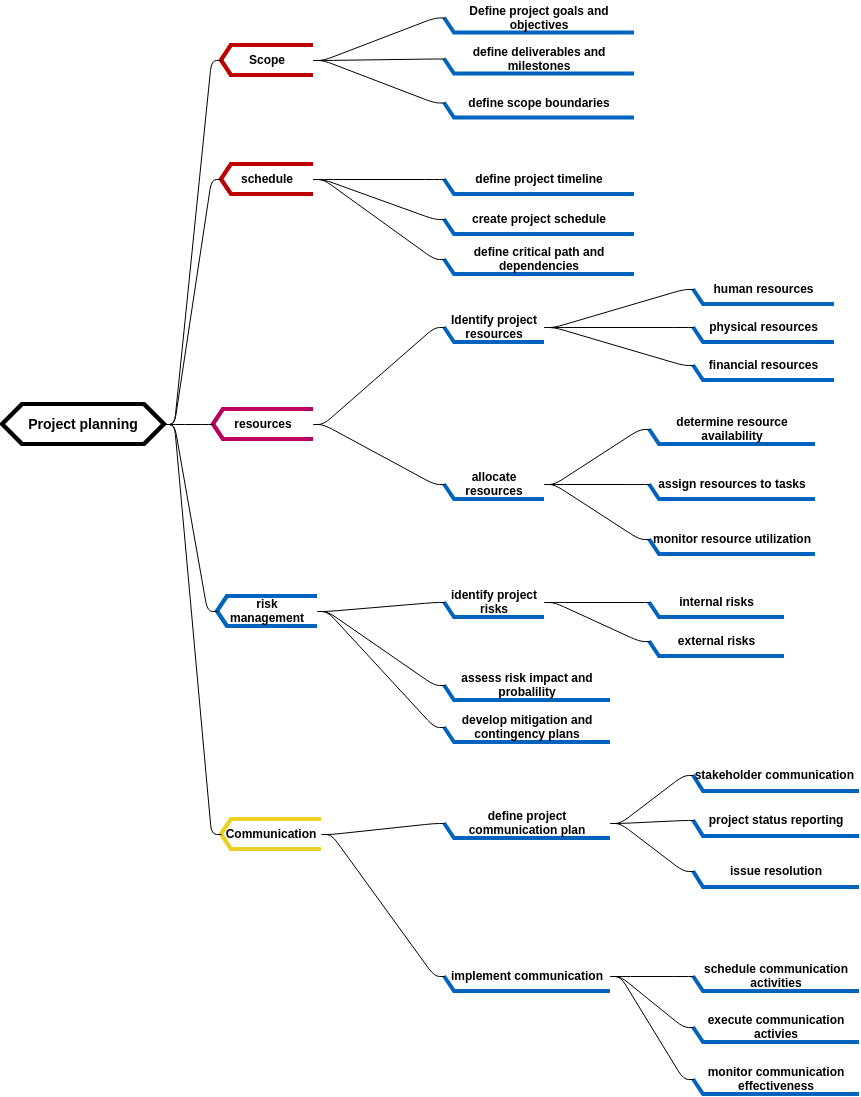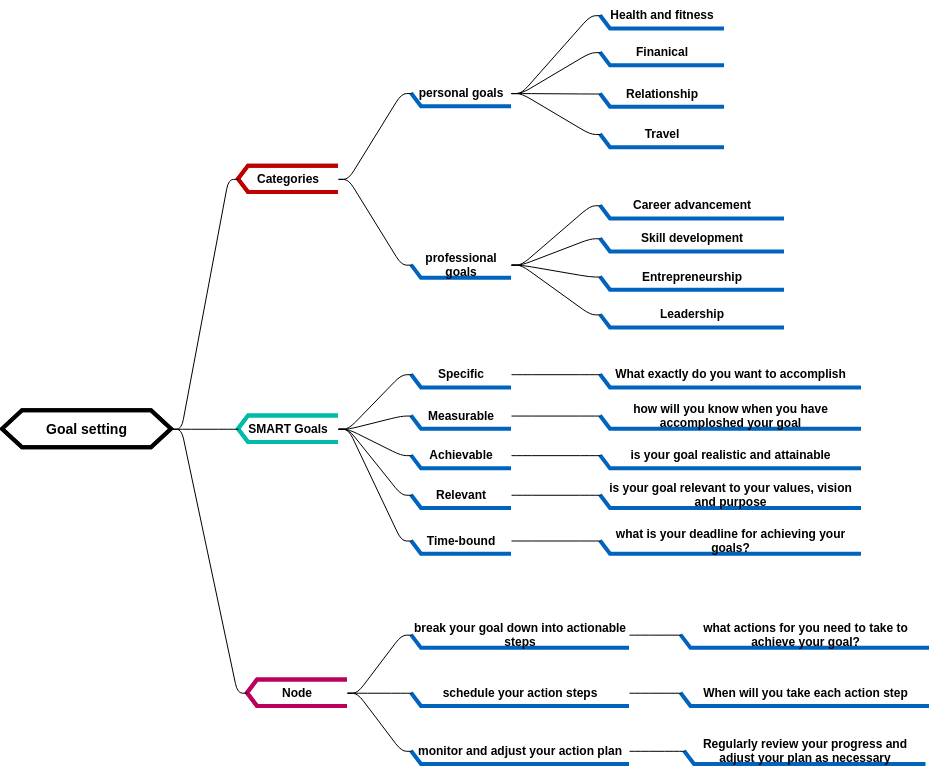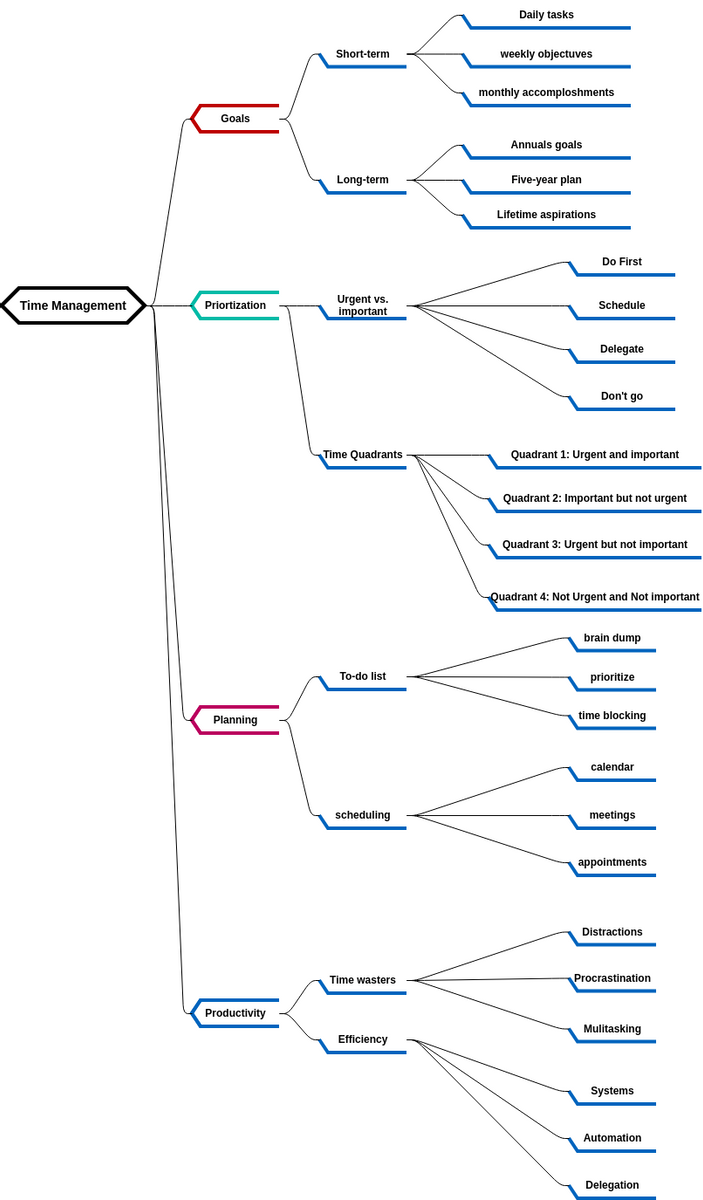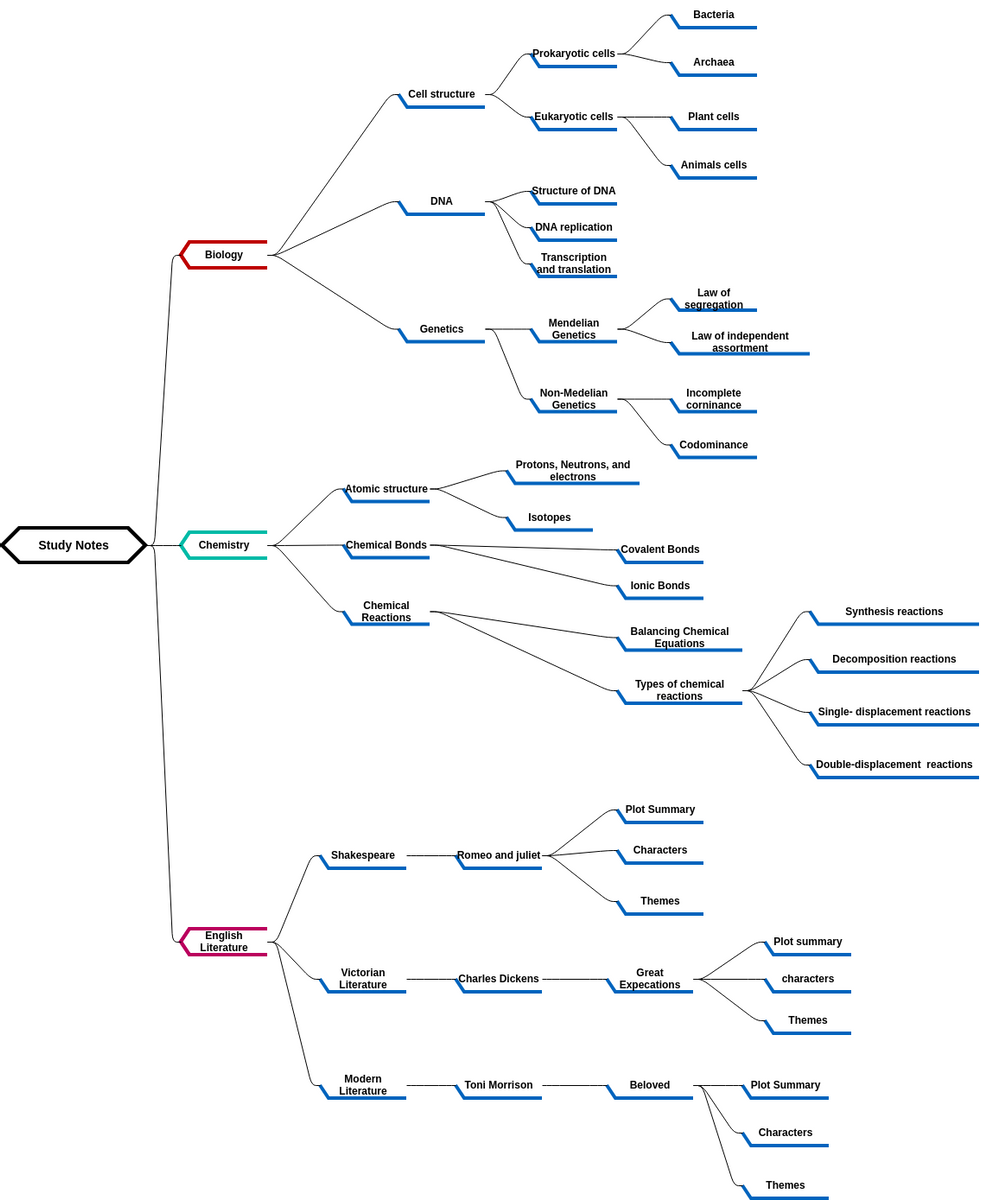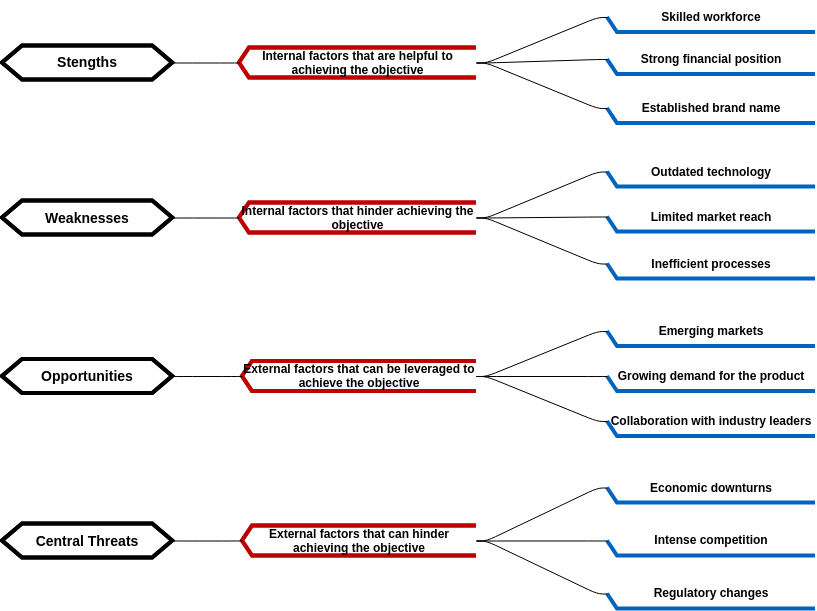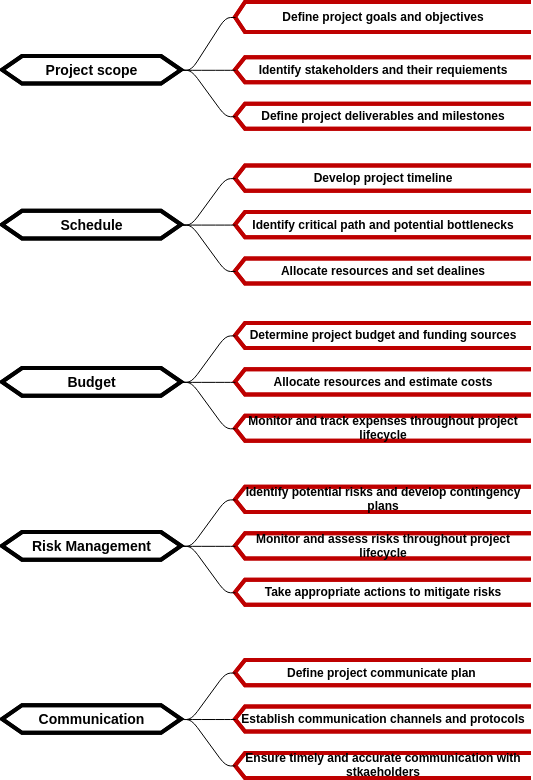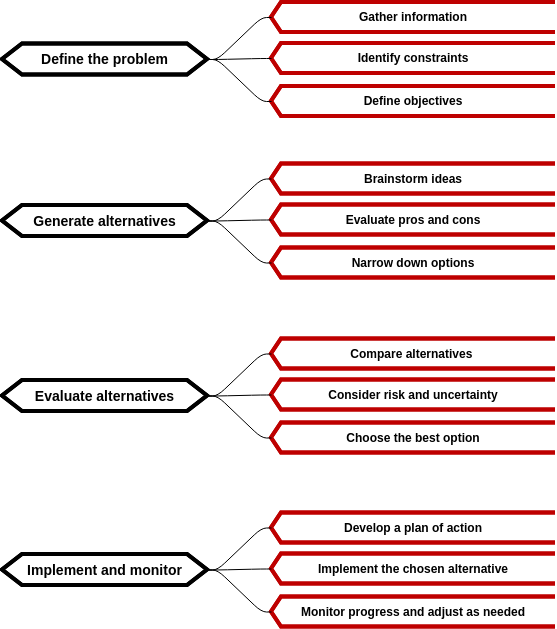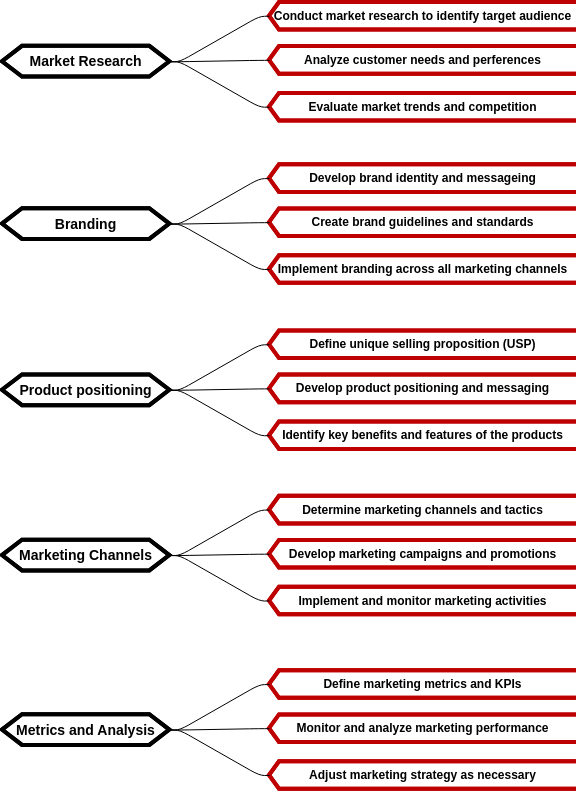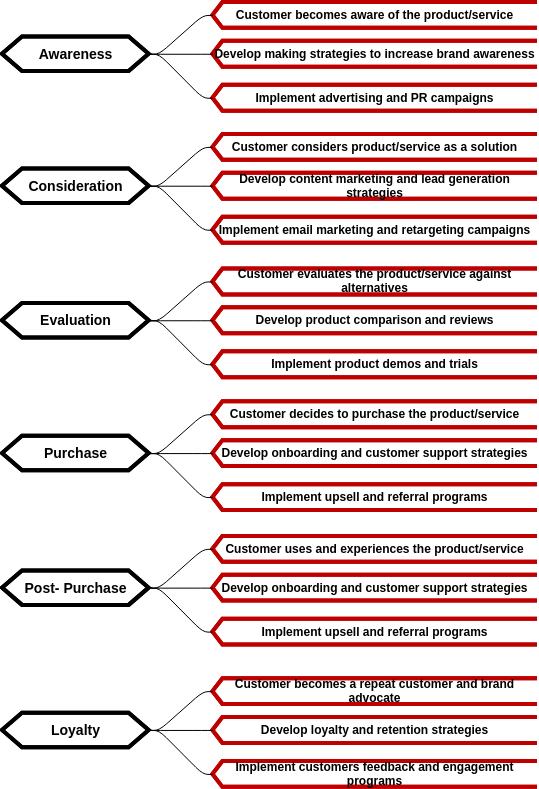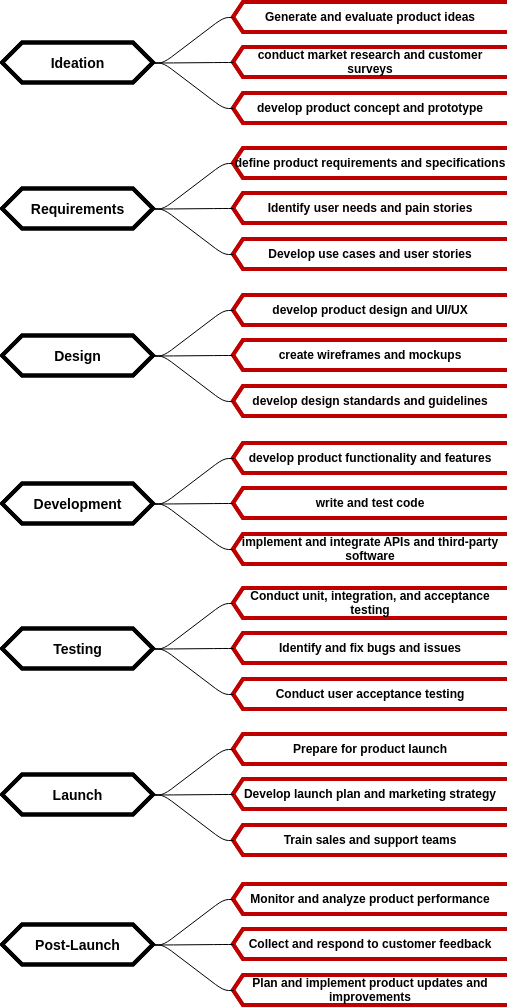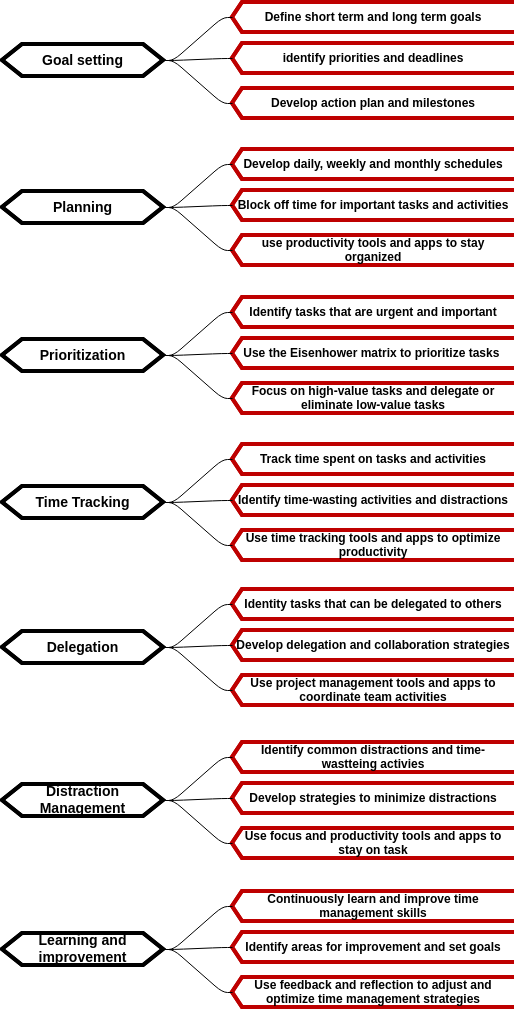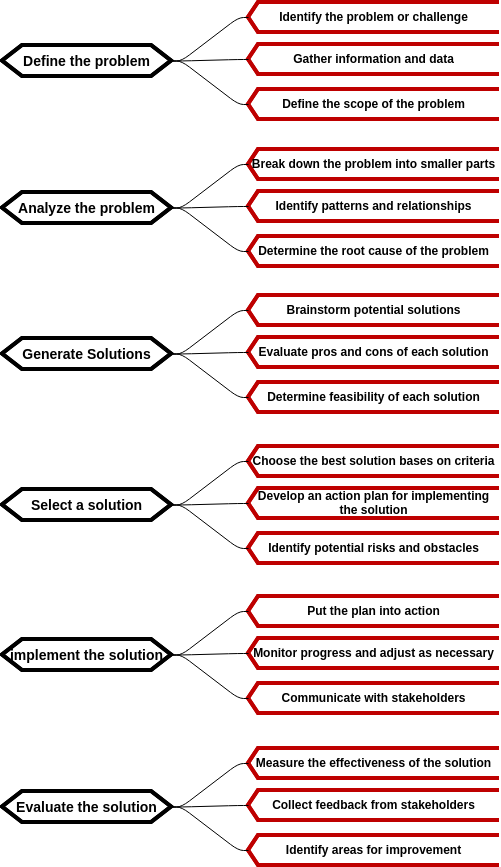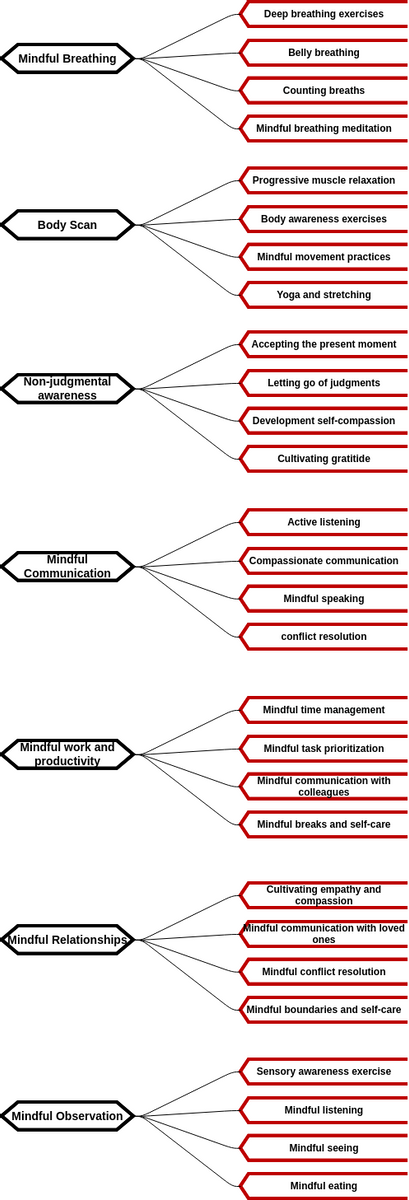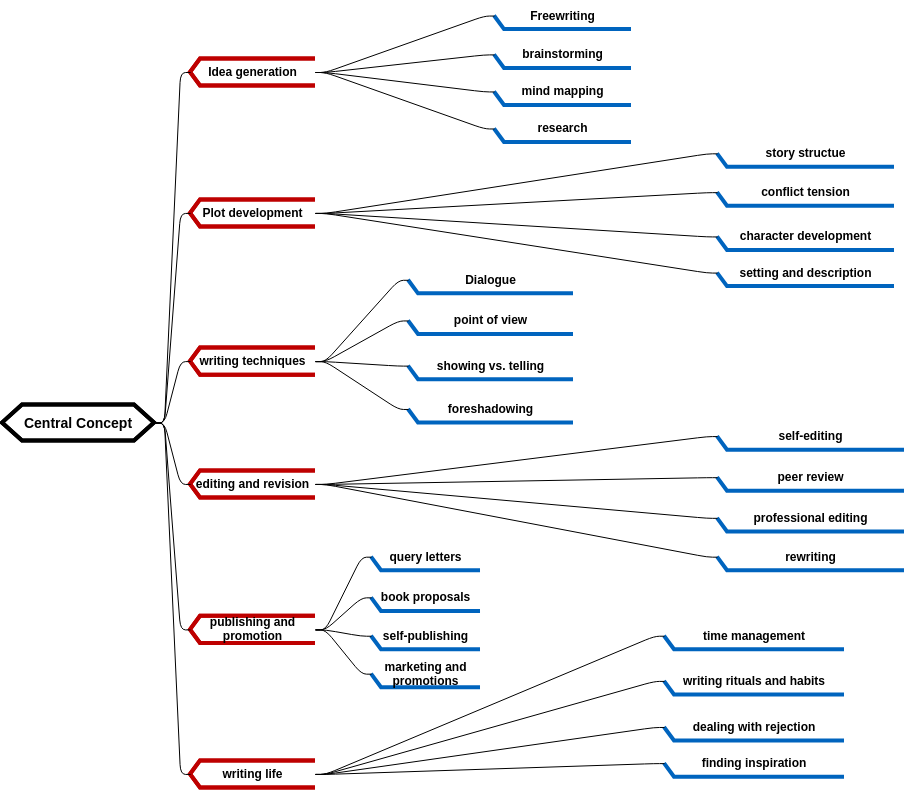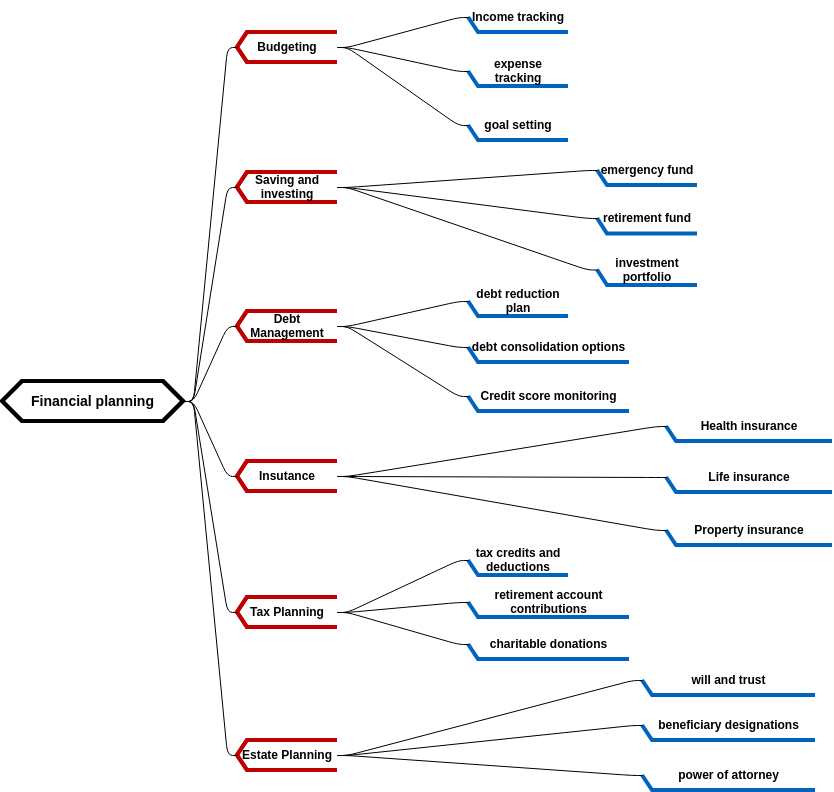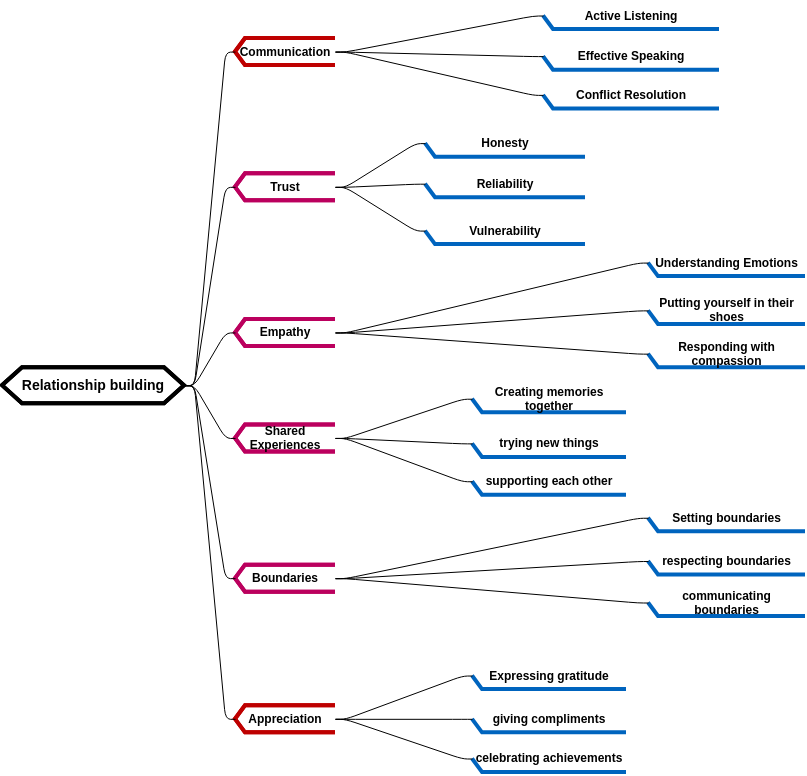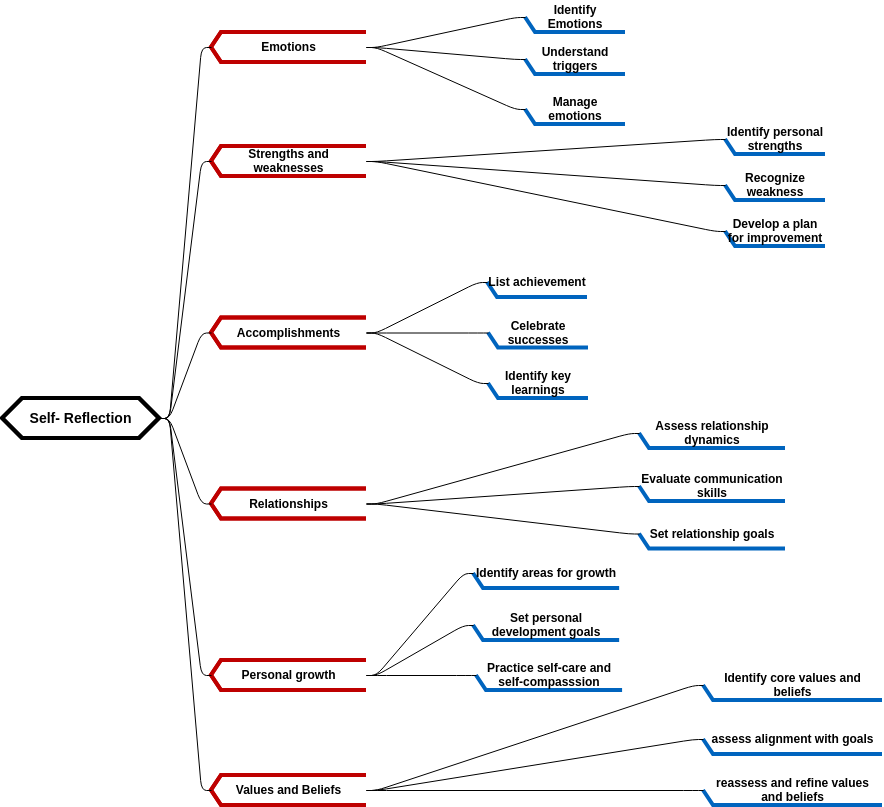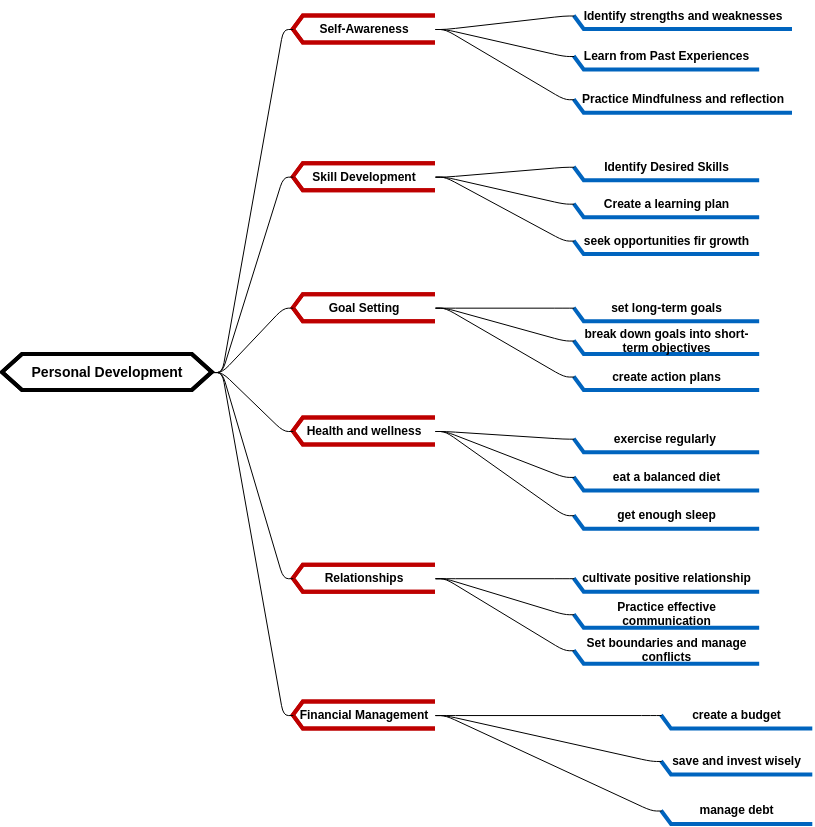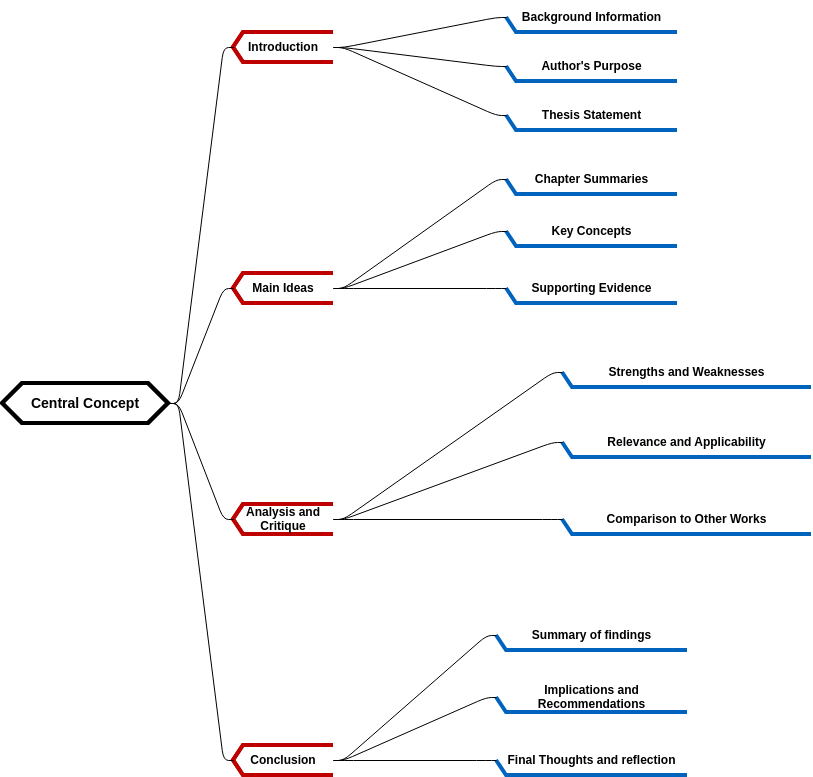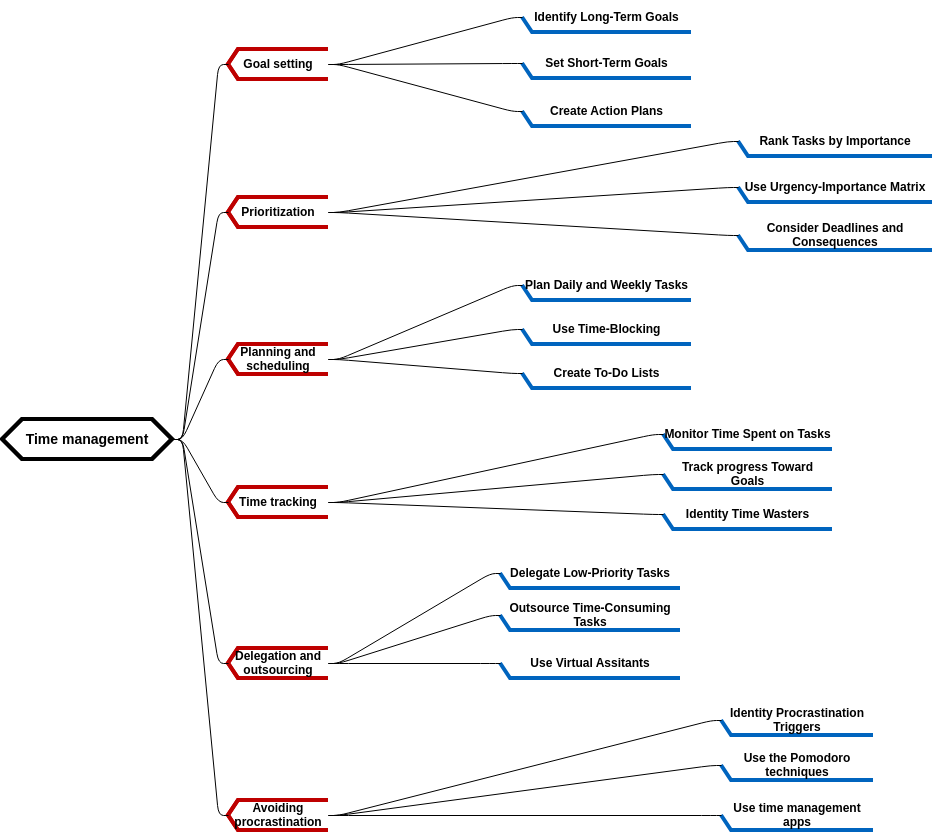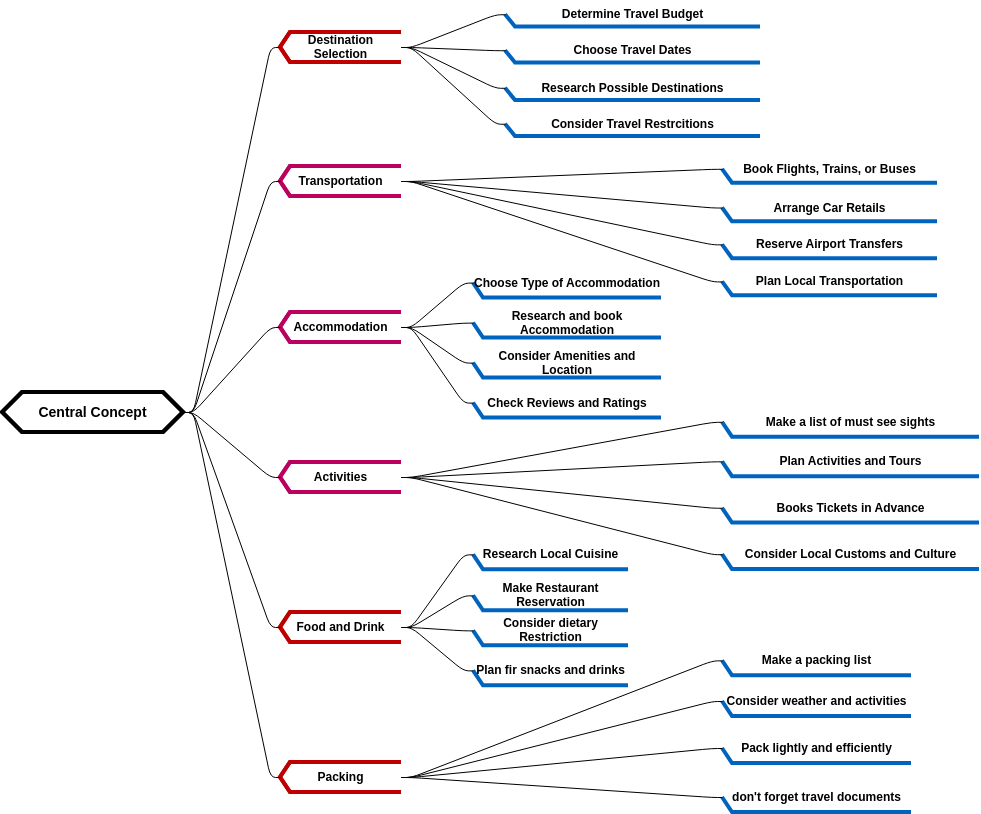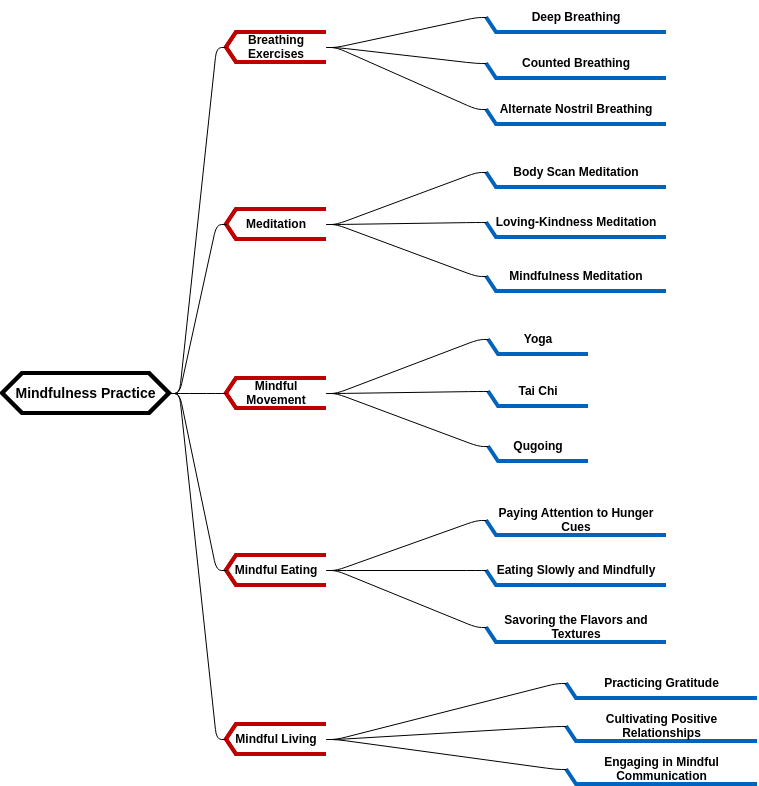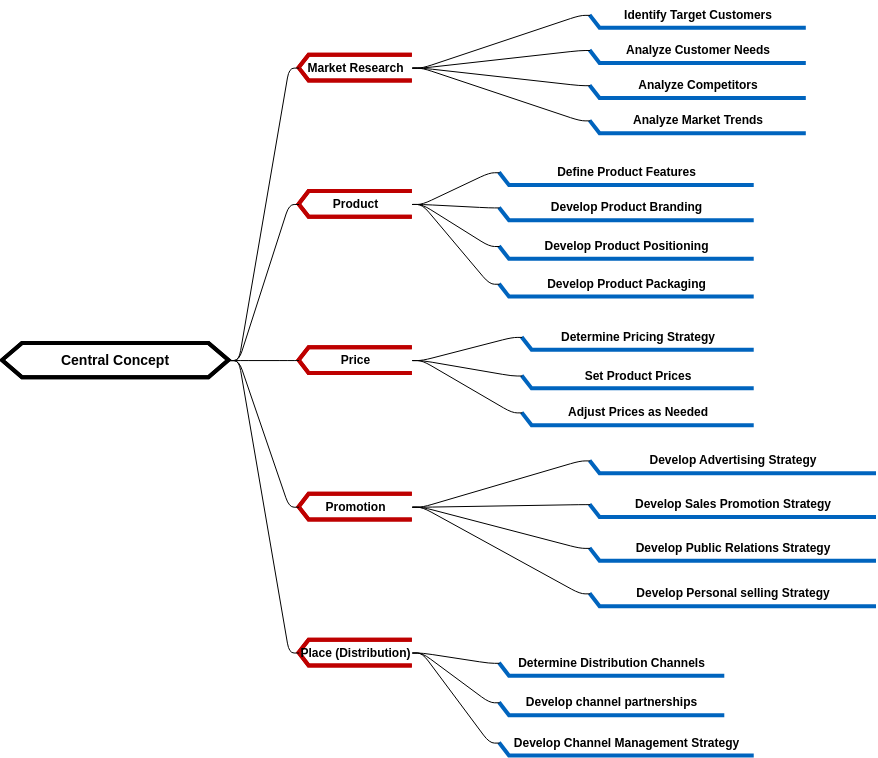Productivity Mind Map
comprehensive overview of the critical steps involved in managing time effectively. The Mind Map lists 11 critical steps, including time management, goal setting, scheduling, focus and concentration, meditation, deep work, energy management, diet, breaks and rest, task management, task batching, and automation.
The first component, Time Management, involves managing time effectively to ensure that tasks are completed efficiently and effectively. This step is critical as it helps individuals to prioritize tasks and allocate time based on their importance and urgency.
The second component, Goal Setting, involves setting specific, measurable, achievable, relevant, and time-bound (SMART) goals. This step is critical as it helps individuals to focus their efforts on achieving their objectives and ensures that they can track their progress over time.
The third component, Focus and Concentration, involves developing strategies to maintain focus and concentration over an extended period. This step is critical as it ensures that individuals can complete tasks efficiently and effectively, and avoid distractions that may hinder productivity.
The fourth component, Energy Management, involves managing energy levels to maximize productivity and avoid burnout. This step is critical as it ensures that individuals can maintain their performance levels and avoid the negative effects of stress and fatigue.
Benefits of creating this mind map
Creating a Mind Map for Time Management offers several benefits. Firstly, it provides a clear and comprehensive overview of the critical steps involved in managing time effectively. The Mind Map helps individuals to identify and prioritize key components such as time management, goal setting, scheduling, focus and concentration, energy management, task management, and automation. This understanding ensures that individuals can make informed decisions about their time management approach and take the necessary steps to improve their productivity and efficiency.
Secondly, the Mind Map can be used as a tool for personal and professional development. Individuals can use the Mind Map to identify areas where they need to improve and develop new skills. They can also use it to set goals and create action plans for achieving their time management objectives. The Mind Map can be used as a reference tool to track progress and ensure that individuals are on the right track towards achieving their goals.
Are you in search of mind map templates? Head over to Visual Paradigm Online and choose from a range of designs that can be customized to suit your needs.

